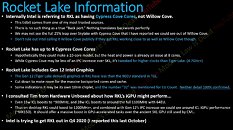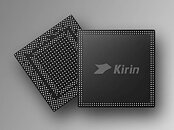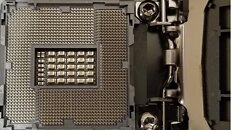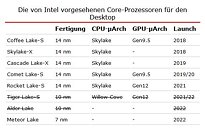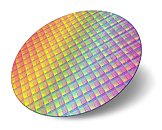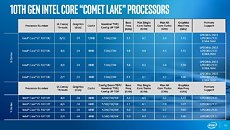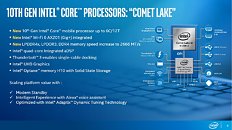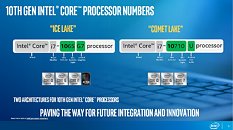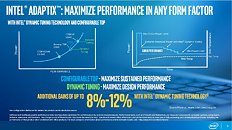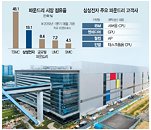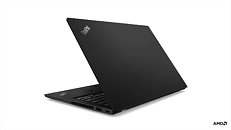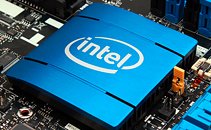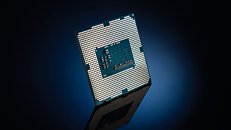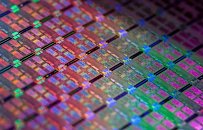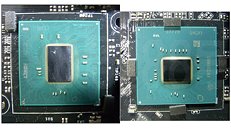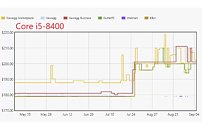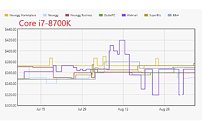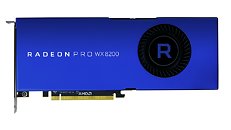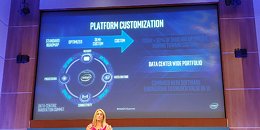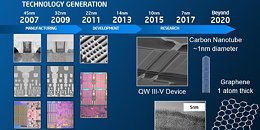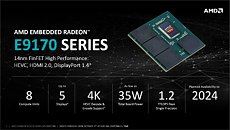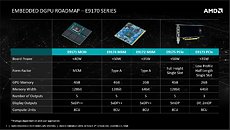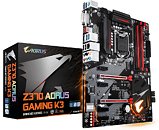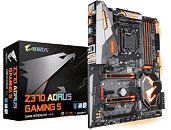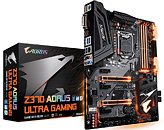
AMD Ryzen 9 5900X CPU-Z Bench Score Leaks, 27% Higher 1T Performance Over 3700X
With AMD expected to announce its 5th Generation Ryzen "Vermeer" desktop processors next week, the rumor-mill is grinding the finest spices. This time, an alleged CPU-Z Bench score of a 12-core/24-thread Ryzen 9 5900X processor surfaced. CPU-Z by CPUID has a lightweight internal benchmark that evaluates the single-threaded and multi-threaded performance of the processor, and provides reference scores from a selection of processors for comparison. The alleged 5900X sample is shown belting out a multi-threaded (nT) score of 9481.8 points, and single-threaded (1T) score of 652.8 points.
When compared to the internal reference score by CPUID for the Ryzen 7 3700X 8-core/16-thread processor, which is shown with 511 points 1T and 5433 points nT, the alleged 5900X ends up with a staggering 27% higher 1T score, and a 74% higher nT score. While the nT score is largely attributable to the 50% higher core-count, the 1T score is interesting. We predict that besides possibly higher clock-speeds for the 5900X, the "Zen 3" microarchitecture does offer a certain amount of IPC gain over "Zen 2" to account for the 27%. AMD's IPC parity with Intel is likely to tilt in its favor with "Zen 3," until Intel can whip something up with its "Cypress Cove" CPU cores on the 14 nm "Rocket Lake-S" processor.
When compared to the internal reference score by CPUID for the Ryzen 7 3700X 8-core/16-thread processor, which is shown with 511 points 1T and 5433 points nT, the alleged 5900X ends up with a staggering 27% higher 1T score, and a 74% higher nT score. While the nT score is largely attributable to the 50% higher core-count, the 1T score is interesting. We predict that besides possibly higher clock-speeds for the 5900X, the "Zen 3" microarchitecture does offer a certain amount of IPC gain over "Zen 2" to account for the 27%. AMD's IPC parity with Intel is likely to tilt in its favor with "Zen 3," until Intel can whip something up with its "Cypress Cove" CPU cores on the 14 nm "Rocket Lake-S" processor.


